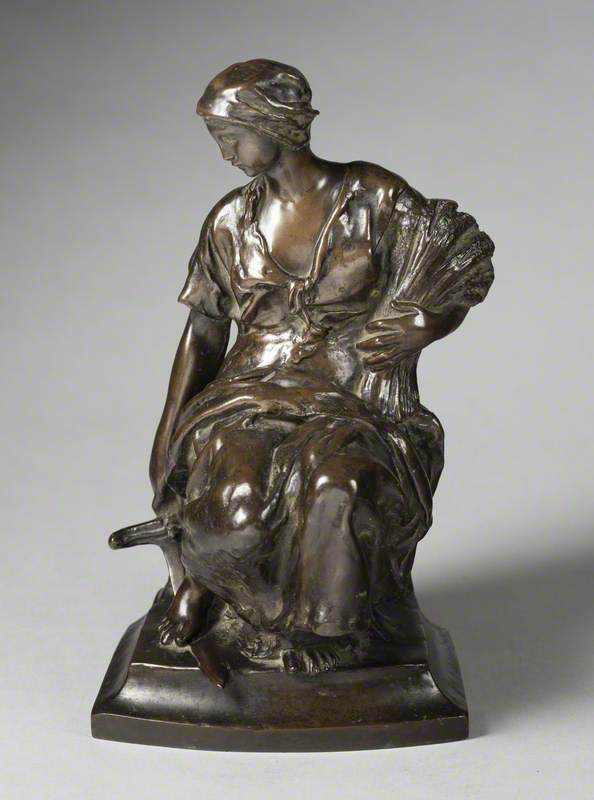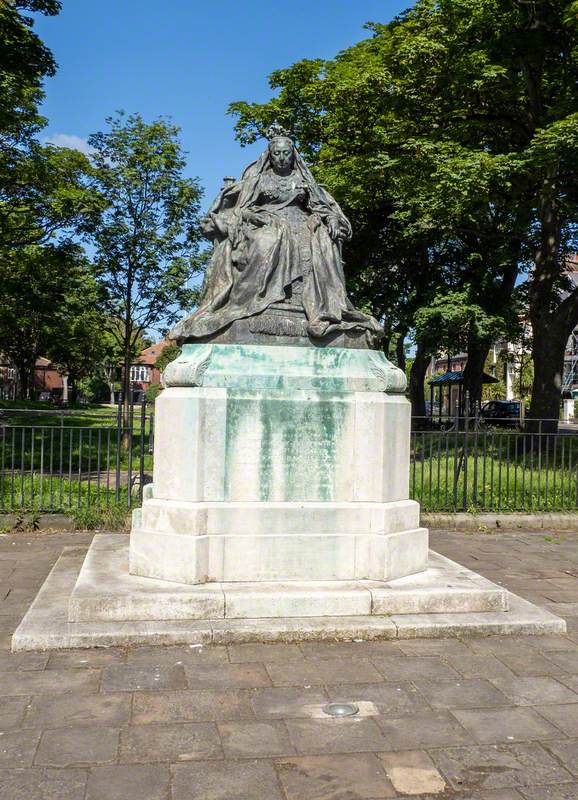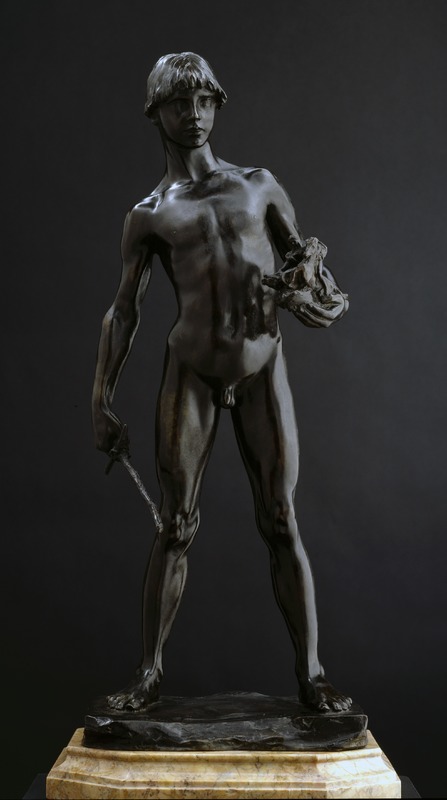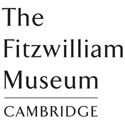
Alfred Turner was born in London, England on 28 May 1874 and was the son of Charles Edward Halsey-Turner, an artist. He studied at South London Technical Art School in Lambeth and, from 1895 to 1898 at the Royal Academy Schools in London, where in 1897 he was awarded a Gold Medal and a travelling scholarship enabling him to study for a period in Paris. Following his return to London he worked as an assistant in the studio of the sculptor Harry Bates (1850-1899). He first exhibited at the Royal Academy in London in 1894 and continued to do so regularly until 1937. He also exhibited at the Walker Art Gallery in Liverpool; Aberdeen Artists' Society; Royal Glasgow Institute of the Fine Arts; and at the Royal Scottish Academy in Edinburgh. He also participated in the Palace of Arts Empire Exhibition Scotland, 1938.
Notable among Turner's commissions were two figures for Fishmongers' Hall, London (1899-1901); monuments to Queen Victoria, for Delhi, Tynemouth and Sheffield (1902-05); a figure group for the facade of the Central Criminal Court building (Old Bailey) in London (1905-06); a statue of Owain Glyndwr for the Welsh Heroes series at Cardiff City Hall (1916); and World War One war memorials for Fulham (1921), Kingsthorpe in Northamptonshire (1921), Winchester College in Winchester, Hampshire (1922-24), and Victoria College in Jersey (1924). In 1936 he created a memorial to the painter John Constable for the Crypt of St. Paul's Cathedral in London.
Two sculptures by Turner were purchased by the Chantry Bequest - "Psyche" in 1922, and "The Hand" in 1936.
Turner taught modelling and allied subjects at Central School of Art in London from 1907 to 1940, and in 1937 was appointed Head of Department of Painted and Architectural Decoration.
Throughout his career as an artist Turner lived in London where he died on 18 March 1940.
Text source: Arts + Architecture Profiles from Art History Research net (AHRnet) https://www.arthistoryresearch.net/












